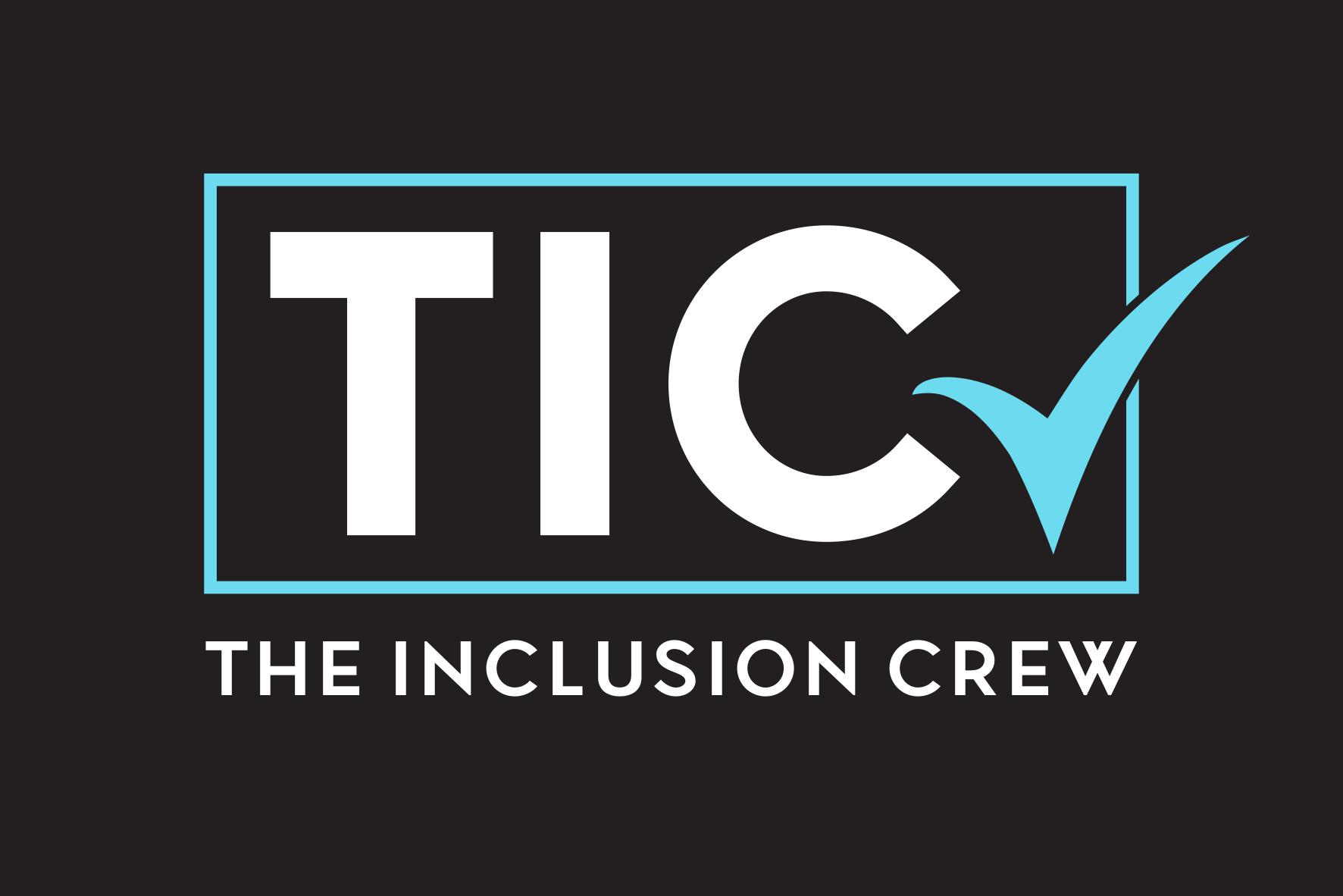Embracing Inclusivity: A Must for Modern Businesses
In today’s rapidly evolving world, the landscape of business is undergoing a profound transformation. Companies are discovering that inclusivity, once a noble idea, is now a critical component of long-term success. It’s not just a moral imperative; it’s a strategic one. In this article, we’ll explore the compelling reasons why businesses should prioritize inclusivity and how they can benefit from embracing it.
The Shift Toward Inclusivity
In the not-so-distant past, inclusivity was often viewed through a narrow lens, primarily as an ethical obligation. However, as societal perspectives evolve, so too does the understanding of inclusivity. Today, inclusivity encompasses a broader spectrum, reflecting not only ethical considerations but also the recognition that it’s integral to a company’s growth and resilience.
Why Inclusivity Matters
1. Diverse Perspectives Drive Innovation
The world is rich with diversity, and when businesses tap into this diversity, they gain access to a wealth of varied perspectives. Diverse teams are more innovative, creative, and adaptable. They bring fresh ideas and approaches to problem-solving, ultimately giving businesses a competitive edge in their industries.
2. Enhanced Reputation and Brand Loyalty
Customers today are increasingly conscious of a company’s social responsibility. By demonstrating a commitment to inclusivity, businesses not only attract a more diverse customer base but also enhance their reputation and brand loyalty. When customers see a company as inclusive, they are more likely to support it.
3. Boosted Employee Morale and Productivity
Employees who feel valued and included in the workplace are happier and more engaged. They are also more likely to be loyal to their employers and work more productively. Inclusivity fosters a sense of belonging and encourages employees to bring their whole selves to work, leading to a more motivated and productive workforce.
Taking Action: Strategies for Embracing Inclusivity
1. Diversity in Hiring
Start by ensuring that your recruitment processes are inclusive. Promote job openings in diverse networks, review job descriptions for inclusivity, and implement blind recruitment practices. Make diversity a key criterion in your hiring decisions.
2. Inclusive Workplace Culture
Foster an inclusive workplace culture where all employees feel welcome and respected. Provide diversity and inclusion training, create employee resource groups, and celebrate cultural and individual differences.
3. Accessible Products and Services
Ensure that your products and services are accessible to all, including individuals with disabilities. Consider their needs in your design and marketing strategies. An inclusive product or service benefits a wider audience and demonstrates your commitment to accessibility.
4. Listen and Learn
Continually seek feedback from employees, customers, and the community. Listen to their experiences and perspectives to identify areas where your business can improve inclusivity. Use this feedback to drive positive change.
Embracing Inclusivity as a Journey
Embracing inclusivity is not a one-time effort but an ongoing journey. It requires commitment, dedication, and continuous learning. Businesses that prioritize inclusivity not only break down barriers but also thrive in a world that values diversity and social responsibility.
In this rapidly changing landscape, the question for businesses is no longer whether they should embrace inclusivity but how they can do so effectively. The journey toward inclusivity is a path toward growth, innovation, and resilience—an essential route for modern businesses to navigate.
Practical Steps: Implementing Inclusivity in Your Business
Practical Steps: Implementing Inclusivity in Your Business
In the quest to embrace inclusivity, businesses often face the critical challenge of translating good intentions into actionable strategies. While recognizing the importance of inclusivity is a significant step, it’s equally vital to know how to implement it effectively within your organization. In this article, we’ll explore practical steps that businesses can take to make inclusivity a tangible reality in the workplace and beyond.
1. Leadership Commitment and Vision
The journey toward inclusivity begins at the top. It’s essential for business leaders to demonstrate a genuine commitment to inclusivity and communicate a clear vision to the entire organization. When leaders prioritize inclusivity, it sends a powerful message that it’s not just a buzzword but a core value.
Action Steps:
- Develop a diversity and inclusion statement that reflects your commitment.
- Include inclusivity goals in your company’s mission and values.
- Engage leadership in diversity and inclusion training.
2. Diverse Hiring Practices
Creating an inclusive workplace starts with your hiring process. Evaluate your recruitment strategies to ensure they attract candidates from diverse backgrounds. Implement blind recruitment techniques to reduce unconscious bias in hiring decisions. Encourage diversity not only in race and gender but also in perspectives and experiences.
Action Steps:
- Promote job openings in diverse networks and platforms.
- Review job descriptions to eliminate biased language.
- Implement anonymized recruitment processes where possible.
3. Inclusive Workplace Culture
An inclusive workplace culture is built on respect, belonging, and equal opportunity. It’s where every employee feels valued and can contribute their best. Establish employee resource groups (ERGs) that cater to different backgrounds and experiences, providing a supportive community within the organization.
Action Steps:
- Conduct regular diversity and inclusion training for all employees.
- Celebrate cultural and individual differences through events and recognition.
- Ensure that policies and practices are inclusive and accessible.
4. Accessible Products and Services
For businesses providing products or services, accessibility is paramount. Ensure that your offerings are designed with inclusivity in mind. This includes making your website and digital content accessible to individuals with disabilities, offering diverse product options, and considering the needs of a wide-ranging customer base.
Action Steps:
- Invest in web accessibility audits and updates.
- Engage with individuals with disabilities for product feedback.
- Promote inclusive marketing and advertising practices.
5. Community Engagement and Partnerships
Extend your commitment to inclusivity beyond your organization by engaging with the broader community. Partner with organizations and initiatives that promote diversity and inclusion. Participate in events and activities that support underrepresented groups in your industry.
Action Steps:
- Collaborate with local nonprofits or advocacy groups.
- Sponsor or host events that promote inclusivity.
- Share your inclusivity journey and successes with the community.
6. Continuous Feedback and Improvement
Inclusivity is an ongoing journey that requires continuous assessment and adaptation. Encourage open communication channels for employees to provide feedback on inclusivity efforts. Regularly evaluate your strategies and make improvements based on feedback and evolving best practices.
Action Steps:
- Conduct surveys and focus groups to gather employee input.
- Analyze diversity and inclusion metrics to measure progress.
- Stay updated on industry trends and emerging inclusivity strategies.
Embrace Inclusivity as a Business Imperative
Implementing inclusivity in your business is not just a checkbox on a to-do list; it’s an ongoing commitment to fostering a diverse and equitable workplace. It’s about breaking down barriers, embracing different perspectives, and creating a culture where everyone can thrive.
As you embark on this journey, remember that the path to inclusivity is unique for every organization. Tailor your strategies to fit your company’s culture, industry, and goals. By taking practical steps toward inclusivity, businesses not only enrich their work environments but also position themselves for greater innovation, resilience, and success in an ever-diverse world.
Inclusivity isn’t just an initiative; it’s a business imperative that can transform the way you operate and thrive in the modern landscape.


